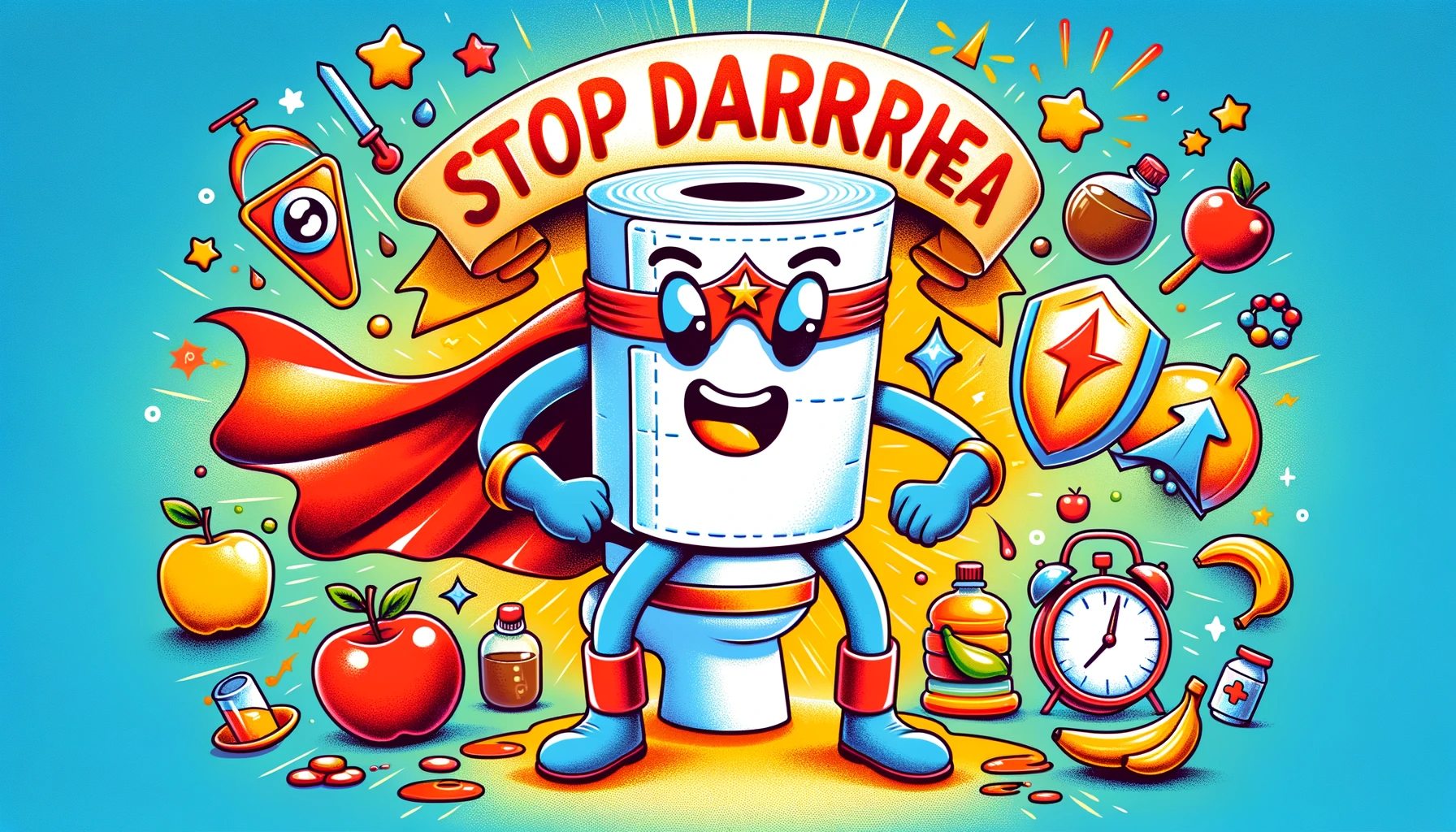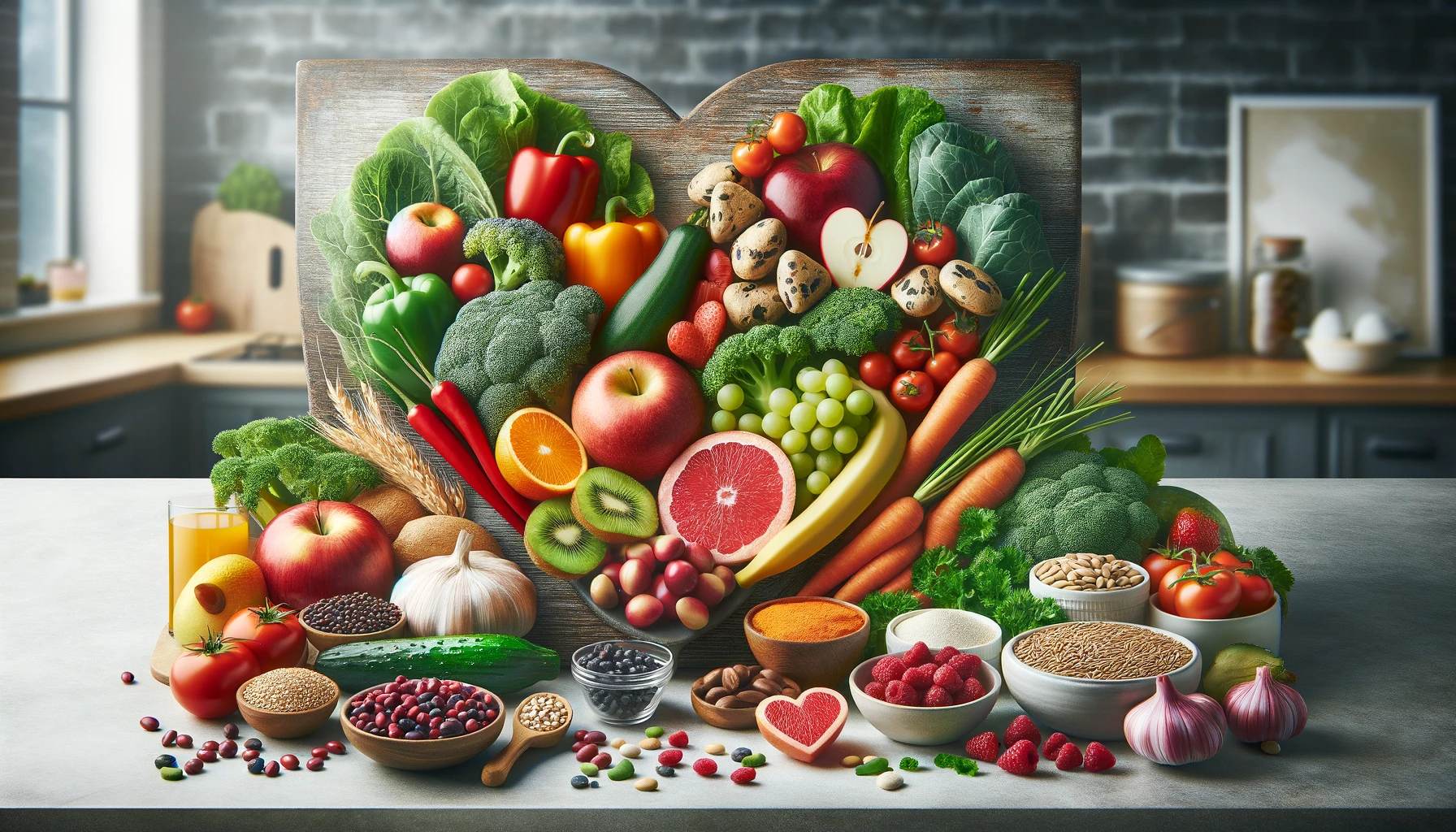The humble stye – that tiny, painful lump on the eyelid that makes you feel as though you’re morphing into some kind of land-dwelling, one-eyed cyclops. Don’t you just love it when your body decides to give you a little “eye-blemish” to spice things up? Fear not, my blinky-eyed compatriot, for I shall guide you through the treacherous journey of stye treatment with advice so genuine, you could almost use it to clear customs.
Stye What?
First things first, let’s talk about what a stye actually is – because knowing your enemy is half the battle. A stye, medically referred to as a hordeolum, is basically a pimple’s evil cousin that shows up uninvited on your eyelid. It’s an infection at the base of an eyelash or within an oil gland, caused by bacteria (usually Staphylococcus) that have been living rent-free on your skin.
These bacteria are part of your skin’s normal flora, meaning they’re usually harmless, lounging around like freeloaders on the surface of your skin. However, given the right (or rather, wrong) conditions, they become opportunistic. They throw a wild party in an oil gland or hair follicle, and boom – you have a stye, red, swollen, and as irritating as a popcorn kernel stuck in your teeth.
This bacterial shindig results in a blockage, trapping oils and creating a perfect breeding ground for more bacteria. Like a pimple, a stye can fill with pus, and if it grows inward, it becomes what doctors call a “chalazion.” That’s when it decides to go from a surface nuisance to an internal rebellion.
There’s a bit of mystery to why styes choose their hosts. Some people are just more prone to them, possibly due to factors like stress, hormonal fluctuations, or skin conditions. Also, poor hygiene can roll out the red carpet for these bacterial gate-crashers. Leaving makeup on overnight, not washing your hands before touching your eyes, or using contaminated eye cosmetics can send you an RSVP to the stye party you never wanted to attend.
How to Treat a Stye?
So, what to do when you spot a stye erupting like a tiny volcano on your eyelid? Let’s get into the meat of it – and no, don’t put meat on it, that’s not the kind of meat I’m talking about.
Step 1: Keep it Clean
This might come as a shock, but the first step is to keep the affected area clean. Now, I know it’s tempting to poke at it like a child with a stick and a dead bug, but resist the urge. Instead, wash your hands (for 20 seconds, hum “Happy Birthday” twice for good measure), and gently cleanse the eyelid with mild soap and warm water. Pat it dry with a clean towel – and no, not the one you’ve been using for the last month.
Step 2: Warm Compresses are Your New Best Friend
It’s time to get cozy with dry warm compresses – think of them as the cuddly teddy bears for your inflamed eyelid. You’ll want to use a clean, dry cloth and a source of warmth like a warm compress bag or a heated gel pack. Ensure it’s a Goldilocks temperature – not too hot (that you cook your eyeball), not too cold, but just right – and place it over your closed eyelid for about 5 to 10 minutes. Do this little ritual several times a day. The warmth is like a gentle hug for your eye, encouraging the stye to open a portal and release the tiny demons (read: pus) trapped within. Consistency is key – the more you do it, the sooner you can say goodbye to your unsightly third eye.
Step 3: Massage, but with a Delicate Touch
After the warm compress, you can gently massage the area to persuade the stye to drain. This does not mean going at it like you’re trying to scrub graffiti off your car. It means a soft, tender touch – think butterfly kiss, not bear hug.
Step 4: Keep Your Peepers Peeping Properly
Here’s a novel idea: stop wearing makeup and contact lenses while you have a stye. Shocking, I know. But layering on mascara is like throwing a dust storm into the mix. And contact lenses? They’re like a petri dish for bacteria, so give your eyes a break and stick to glasses for a while.
Step 5: Over-the-Counter Remedies
If you’re looking for a little extra something to speed up the recovery, you might consider an over-the-counter remedy. These are available in the form of creams, ointments, or drops that can help alleviate pain and inflammation. Just make sure you read the instructions as carefully as a teenager sneaking in after curfew.
Step 6: Do NOT Pop the Stye
Now, you might think popping the stye would be as satisfying as popping bubble wrap, but please, for the love of all that is good and ocular, resist the temptation. Popping it can spread the infection and make things worse. Plus, doing your own eye surgery is generally frowned upon in most cultures.
Step 7: When to See a Doctor
If your stye is stubborn and refuses to leave, like a houseguest who doesn’t get the hint, it’s time to call in the professionals. If it doesn’t clear up in a few days, or if symptoms get worse – think redness, pain, swelling (or if it starts spouting prophecies) – seek medical attention.
Step 8: Embrace the Pirate Life
Arrr, matey! If your stye is looking a bit swollen and you need to venture into the world, don’t be afraid to slap on an eye patch. Not only will it keep you from scaring small children, but you’ll also fit right in at any ‘Talk Like a Pirate Day’ events. Plus, it’s a great conversation starter.
Step 9: The Tea Bag Trick
Some folks swear by the mystical powers of a warm tea bag compress. The tannins in the tea are said to reduce swelling and have anti-inflammatory properties. So, plop a warm tea bag on that stye and lay back like you’re at a spa that only treats very specific and odd conditions.
Step 10: The Cucumber Classic
Yes, we’ve all seen images of relaxation that include cucumber slices over the eyes. While this method is more chilling than a Stephen King novel, the coolness can soothe your swollen lid. But remember, you’re treating a stye, not making a salad. Keep the cucumbers clean and your expectations realistic.
Step 11: Nutritional Wisdom
You are what you eat, or so they say. If you’re feasting on greasy fast food nightly and wondering why your eyes are revolting, it might be time to consider a diet that doesn’t resemble a teenager’s dream menu. Foods rich in vitamins A, D, and E might just be the allies you need to fend off those stye-causing bacteria.
Step 12: Hydrate Like Your Eye Depends on It
We all know water is the essence of wetness, and wetness is the essence of beauty, or so says Derek Zoolander. But did you know it’s also the essence of stye recovery? Staying well-hydrated helps your body function like the well-oiled machine it’s meant to be, and this includes fighting off infections.
Step 13: Abstain from the Digital Seduction
Your digital devices are a siren call to your already-strained eyes. Give your peepers a break from the incessant screen-staring contest. Your stye will thank you, and you might even reconnect with the 3D world around you. Imagine that!
Step 14: Sleep – Don’t Let It Be Just a Myth
They say every hour of sleep before midnight is worth two after. Whoever ‘they’ are, they probably didn’t have Netflix. However, catching enough Z’s is like giving your body a secret weapon against styes. Close those eyes (gently, don’t squish the stye) and visit the Sandman.
Step 15: Acceptance
And finally, if you’ve done all you can and that stye still lingers like a bad one-liner, just embrace it. This is your life now. You and your stye, living together in ocular disharmony. Maybe give it a name, throw it a party, write it into your will.
Remember, the road to stye-free eyelids is paved with patience, hygiene, and a dash of humor. Keep up the good work, follow these steps, and with any luck, you’ll be stye-less in no time. If not, at least you’ve developed character and a new appreciation for the simple pleasure of blinking without pain.
Expert Tips for Sending Styes Packing
- Zinc It Up
Your body is like a superhero when it comes to healing, but even superheroes need their sidekicks. Zinc is one such sidekick, a mineral that can help boost your immune system. Consider incorporating foods high in zinc like seeds, nuts, dairy, and eggs, or talk to your doctor about a supplement.
- Sunglasses Aren’t Just for Looking Cool
UV rays can be harmful to your eyes, and when you’re dealing with a stye, they’re about as welcome as a mosquito at a blood bank. Donning a pair of UV-protective sunglasses can keep harmful rays at bay and prevent further irritation. Plus, they hide the evidence of your stye from the paparazzi.
- Say No to DIY Surgery
YouTube may have tutorials on everything from baking a soufflé to building a rocket, but when it comes to your stye, don’t go the DIY route. Leave the extractions and surgeries to the professionals, unless you’re trying to land a role in a horror movie.
- Keep Your Friends Close, and Your Eye Drops Closer
If your doctor has given you the go-ahead for eye drops or ointment, use them as directed. This isn’t a “more is more” scenario; follow the prescription to the letter. And remember, the tip of the ointment tube or eye drop bottle is like the One Ring – it should never touch anything.
- Towel Tactics
When you’re dealing with a stye, think of your towel like underwear. It should be clean, and it’s not something you share. Using a fresh towel each time you dry your face can prevent re-infecting or worsening your condition.
- Get Steamy
If warm compresses are the gentle brook, steam is the rushing river. Sitting with your face over a bowl of hot water with a towel over your head can work wonders. It’s a mini sauna session for your face, and your stye will feel the heat – literally.
- Stress Less
Stress can turn your body’s immune system into a lazy couch potato. Find ways to reduce stress through meditation, yoga, deep breathing, or watching cat videos – whatever floats your boat in a sea of calm.
- The No-Share Zone
This might seem obvious, but don’t share personal items like towels, pillowcases, or makeup. Unless you’re trying to start an infectious collection, in which case, carry on.
- Pillowcase Pilgrimage
On the subject of pillowcases, switch them out more often than you do your seasonal wardrobe. A clean pillowcase is like a clean slate for your face every night.
- Eye Makeup Expiry Date
Old makeup is a breeding ground for bacteria, and that mascara you’ve had since high school is not a fine wine – it does not get better with age. Ditch the old makeup, and when you do return to wearing it, buy fresh products to avoid re-infection.
- The Last Resort – Medical Intervention
If your stye has more staying power than your high school’s alumni association, it might be time for medical intervention. Sometimes, styes require an antibiotic or even a minor procedure to drain them. But hey, on the bright side, you’ll get some medically-sanctioned eye pampering!
Frequently Asked Questions About Treating Styes
On average, a stye will stick around for 3 to 7 days, though some might linger like unwelcome party guests for up to two weeks. If you treat it with the care of a botanical garden, you’re looking at the shorter end of that spectrum.
Styes are like those dramatic reality TV characters – mostly harmless and just looking for some attention. It’s very rare for a stye to cause any lasting damage. However, if it starts affecting your vision or becomes exceedingly painful, it’s time to call in the cavalry (a.k.a. your eye doctor).
They’re not the common cold, but they’re not entirely antisocial either. The bacteria that cause styes can be spread through direct contact. So, maybe don’t share your eye makeup or pillowcases, and definitely pause any plans for a communal face towel.
Consider this a golden opportunity to rock those chic glasses you’ve got. Contacts can harbor bacteria and might delay the healing process. Plus, putting them in can irritate your stye further, and believe me, it doesn’t need the extra agitation.
Many styes are like self-cleaning ovens; they clear up on their own. Keeping the area clean, using warm compresses, and following the other stellar advice in this article usually do the trick. If it’s more tenacious, medication or other treatments might be necessary.
Popping a stye is a big NO-NO. It’s not a DIY moment. Popping it can spread the infection and make things significantly worse. Patience, warmth, and time are your friends here.
While home remedies aren’t guaranteed fixes, many find relief with warm compresses, gentle massage, and cleanliness. Some folk remedies like tea bags may offer comfort, but they’re more about soothing symptoms than performing miracles.
A stye is an infected oil gland, while a chalazion is a blocked oil gland that’s usually less red and painful. Think of a stye as the angry sibling and a chalazion as the brooding one.
If your stye is acting like a bad roommate – not leaving when it should, getting worse, or affecting your vision – it’s time to consult an eye doctor. Persistent pain, vision changes, or redness spreading to the cheek or other areas are also red flags.
Stress hasn’t been proven to cause styes directly, but it can weaken your immune system, making you more susceptible to infections like the ones that cause styes. So yes, in a roundabout way, stress is a bit of a shady character in the story of styes.



